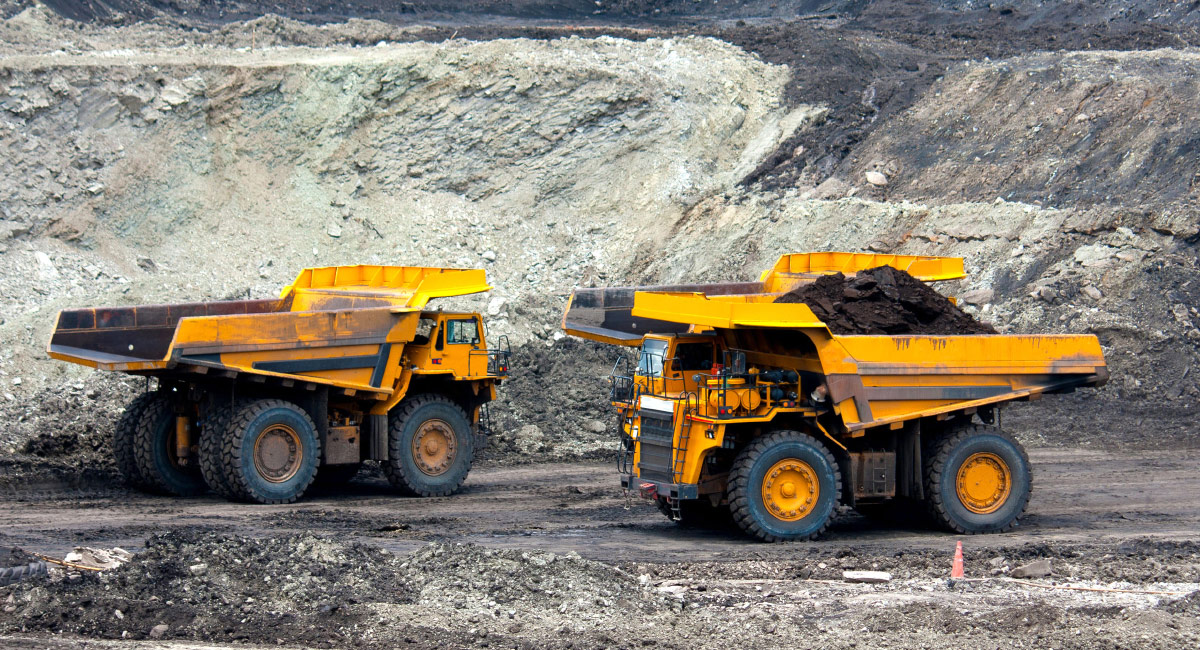Environmental activists who oppose mining minerals in the United States are threatening the same green agenda they claim to embrace. Among those leading the attack is Sen. Elizabeth Warren, Massachusetts Democrat, who proposes banning mining on public lands.
Though environmentalists may not realize it, increased domestic production of “critical” minerals would benefit the environment. But existing restrictions on recovering these elements are forcing U.S. firms to purchase these resources overseas.
This can be problematic if our trading partners are unstable, unreliable or unfriendly, as was the case before the fracking revolution when the Organization of the Petroleum Exporting Countries (OPEC) dominated the global market for crude oil. Now the United States is a net exporter of oil and natural gas. But we continue to be dependent on imported minerals, not because domestic supplies don’t exist, but because restrictive regulatory policies prevent their recovery.
As a result, the United States today imports 100 percent of the minerals considered critical by the Interior and Defense Departments. We also obtain at least half of many other minerals, ranging from copper, zinc and chromium to lithium, from overseas suppliers; these are the very same minerals needed to produce batteries for electric vehicles, large-scale power storage units and other clean energy technologies.
At the top of the pyramid are the so-called rare earths, a group of 14 elements with names like promethium, neodymium and yttrium, which are found in computer hard drives, electric vehicle batteries, cancer drugs, solar panels, wind turbines, lithium-ion batteries, magnets and smartphones. China dominates global rare earth production; it supplies 80 percent of the rare earth elements imported into the United States.
In fact, China is the primary supplier of more than half of the strategically important minerals on which scores of modern products and processes depend. Among the minerals at greatest risk is cobalt, which is used in the production of electric vehicle batteries. Much of the world’s cobalt supply comes from Chinese-owned mines in the Democratic Republic of the Congo.
America’s dependence on imported minerals has doubled in the past 10 years and it’s expected to rise over the next two decades, along with global demands. The World Bank warns that by 2050 the demand for lithium will grow by 965 percent, graphite by 383 percent and nickel by 108 percent. as the production of electric vehicles and other green technologies increases.
As part of its ongoing trade dispute with the United States, China threatened to restrict shipments of rare earths last summer. The newly signed phase one trade deal isn’t going to change that.
The best way to protect our economy and environment from sudden rises in the prices of critical minerals, caused by geopolitical tensions, trade wars or any other OPEC-like supply shock, is by reopening domestic mines and taking advantage of the estimated $6.2 trillion in U.S. mineral resources.
But U.S. mining faces an uncertain future.
Most of the domestic reserves of critical minerals are located in the Mountain West: Arizona, Colorado, Idaho, Montana, Nevada, New Mexico, Utah and Wyoming. But new mining operations are either restricted or banned on more than half of all federal lands—and Ms. Warren and others want to shut the door completely.
A deal negotiated between the United States and Australia will help offset the risk of China’s weaponization of rare earths, but the surest way to avoid future supply shocks is by utilizing our own mineral deposits.
The difficulty of winning support in Congress for mining reforms cannot be underestimated, but neither can the positive consequences. Sen. Lisa Murkowski, Alaska Republican and head of the Senate Energy and Natural Resources Committee, is pushing for changes in the mine-permitting process that would enable domestic companies to open new mines in half the time it now takes.
The mining of critical minerals is not without environmental risks, but if environmentalists want to continue to promote green energy solutions, they must recognize that domestic mineral resources, whether found on private or federal lands, are essential to their green dream.











